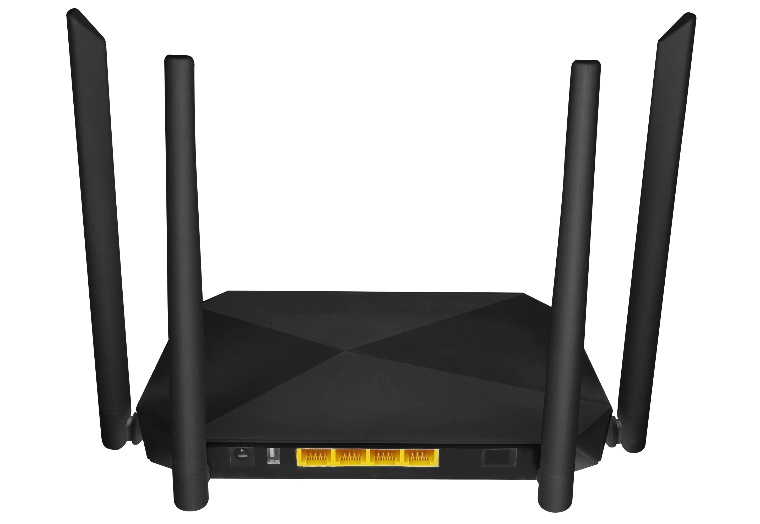Introduction to WiFi Calibration Parameters
WiFi products require us to manually measure and debug the WiFi power information of each product, so how much do you know about the parameters of WiFi calibration, let me introduce to you:
1. Transmitting power (TX Power): refers to the working power of the transmitting antenna of the wireless product, the unit is dBm. The power of wireless transmission determines the strength and distance of the wireless signal, the greater the power, the stronger the signal. In a wireless product design, there will always be a target power as the basis of our design. Under the premise of satisfying the spectrum board and EVM, the greater the transmit power, the better the performance.
2. Receiving sensitivity (RX Sensitivity): A parameter that characterizes the receiving performance of the DUT. The better the receiving sensitivity, the more useful signals it receives, and the greater its wireless coverage. When testing the receiving sensitivity, make the product in the receiving state, use the WiFi calibration device to send a specific waveform file, and the product will receive it, and the power level sent can be modified on the WiFi calibration device until the product’s packet error rate (PER%) meets the standard .
3. Frequency Error (Frequency Error): It represents the deviation of the RF signal from the center frequency of the channel where the signal is located, in PPM.
4. Error Vector Magnitude (EVM): It is an index to consider the quality of the modulated signal, and the unit is dB. The smaller the EVM, the better the signal quality. In a wireless product, TX power and EVM are related. The greater the TX Power, the greater the EVM, that is, the worse the signal quality. Therefore, in practical applications, a compromise must be made between TX Power and EVM.
5. The Transmit Spectrum Mask of the transmitted signal can measure the quality of the transmitted signal and the ability to suppress interference to adjacent channels. The spectrum mask of the signal under test is qualified within the standard spectrum mask.
6. The channel is also called channel (Channel) or frequency band, which is a data signal transmission channel with wireless signal (electromagnetic wave) as the transmission carrier. Wireless networks (routers, AP hotspots, computer wireless cards) can operate on multiple channels. Various wireless network devices within the coverage area of wireless signals should try to use different channels to avoid interference between signals.
